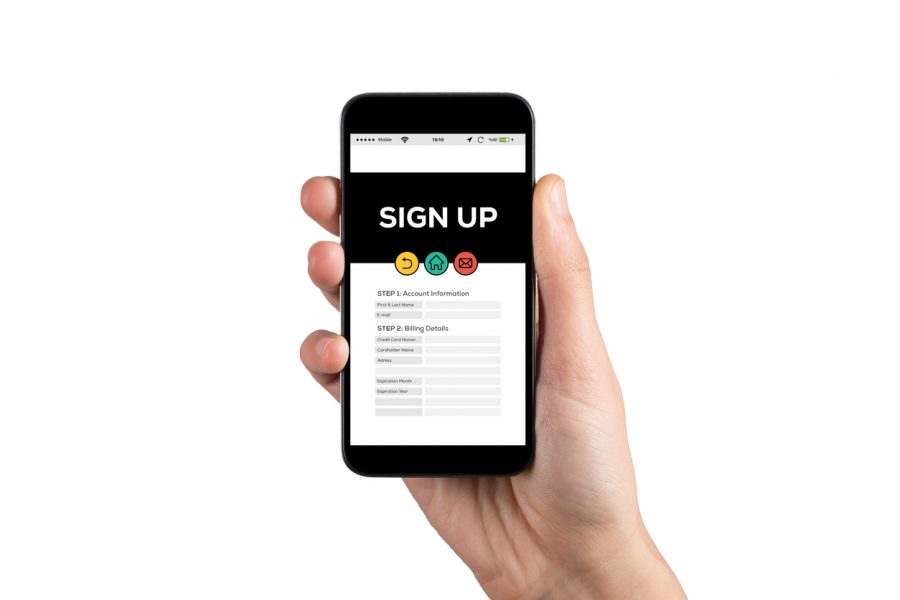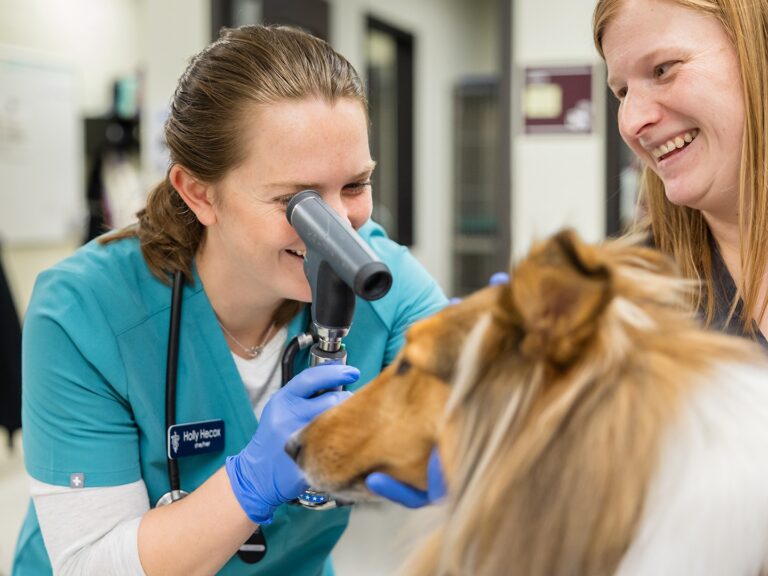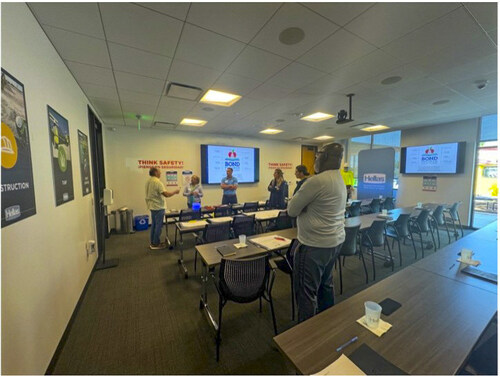If a worker fell on the jobsite, how fast would the operations and safety managers learn about the incident and be able to locate the worker to render assistance?
When a construction company hires a subcontractor for a big job, does it always know if the sub has the promised number of crew members working on the project on a given day?
Wearable technology can provide instant visibility into a jobsite workforce in these situations and many others. Wearables help contractors make sure their people are safe and that they stay productive.
KEEPING WORKERS SAFE
How wearable technology works, for example, is when someone enters the jobsite – part of a contractor team, a subcontractor or even a visitor – the person puts on a tracking device, such as a Spot-r clip. The clip lets the contractor know where each person is located at any given time (both horizontally and vertically). But these devices aren’t about “spying’; they are not counting steps. Wearable devices offer substantial benefits for both management and workers.
If a worker wearing the device suffers an injury or has a sudden medical problem, a quick press on the clip’s emergency button sends an alert to a designated supervisor. In addition, the clips are equipped with an accelerometer, gyroscope and altimeter so they can detect falls and will send an automatic alert to appropriate personnel in the event of one. In these situations, managers can get assistance to the worker faster because they know immediately when something happens and where the worker is located.
If a jobsite emergency such as a fire or a chemical leak occurs, managers can trigger an evacuation that sounds on each worker’s device to start an evacuation process.
BOOSTING PRODUCTIVITY
While safety is paramount, wearable technology can also help contractors improve productivity.
For instance, with wearables, project managers gain the ability to proactively manage their jobsites. Data from the devices can be used for time and attendance, compiling daily level of effort and payroll.
The technology provides real-time worker location by floor and zone. Location capabilities can be tailored by craft type, providing closer looks at carpenters, electricians, laborers, drivers and more. From a management perspective, managers gain a powerful look into how labor resources are deployed in real time on a dashboard map. This view can uncover instances where teams are working in the wrong areas and prompt redirecting workers.
On small jobsites, knowing who is onsite is relatively straightforward. But that changes with larger jobsites. If a contractor has a jobsite with 50 or more people and multiple different trades on location, it can be very difficult to keep track of how many plumbers or electricians the company has on, for instance, the 19th floor of a building project. Wearable technology relies on a mesh computer network – not GPS – so it provides enhanced situational awareness indoors as well as outdoors.
Typically, a contractor may not discover this information until a project is behind schedule. As the company explores the reasons for this occurrence, only then it may learn labor resources were not deployed properly. This process gets even more challenging when contractors are involved, with a general contractor learning – perhaps too late – a subcontractor moved people over to another project or that some workers did not show up.
Wearable technology provides contractors the real-time visibility into exactly what trades are onsite, how many are onsite, and what zone they’re working in. A single device can be associated with numerous jobsites, enabling firms to optimally allocate worker resources across multiple projects.
The technology can also help contractors manage equipment on the jobsite, so construction firms have a complete look at both equipment and worker utilization as well as site safety. This approach can save multiple hours during the work day by helping contractors know where equipment and people are located.
MANAGING WORKFORCE UPTIME
Location is critical – especially when it comes to safeguarding workers. Wearable technology provides a day-in-the-life perspective on workforce resources to not only be sure they are properly deployed but also enhance safety by enabling fast response in time of injury or crisis. It enables contractors to manage uptime for the people-side of the job.
Source: Associated General Contractors







